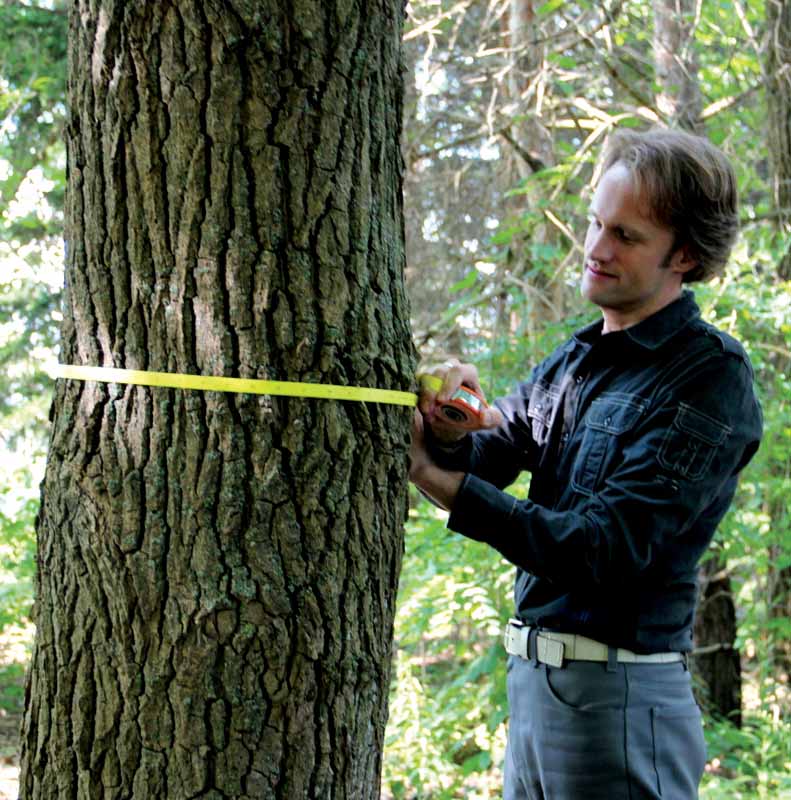Dolanc gets the dig on the future of trees
Christopher Dolanc hopes his research will bring to light the problems big trees are facing. His work has been featured in important science magazines.
September 30, 2015
“The more I dig into this, the more my colleagues dig into this, we realize it’s happening everywhere. Big trees are dying everywhere,” said Christopher Dolanc, assistant professor of biology.
Dolanc’s significant research gives data and insight into what will become of trees in the future.
“If you could look at what happened in the last 80 years, that would give us a clue for what might happen in the next 80 years,” Dolanc said.
Dolanc spent time working with the United States Forest Service researching trees in Sierra Nevada, Ca. The mountain ranges in the Sierra Nevada are of particular interest to him because the vegetation changes as the elevation increases.
Exposure to nature at a young age by his parents triggered a passion that carried into adulthood, leading him to teach.
“[Teaching] at the college level is really something that I prefer because then I can also do this research at the same time,” he said. “They both complement each other so much because when you’re active in research, you can take that back to the classroom and talk about it.”
Not only is he interested in trees, but geology, insects, the natural history of sites and how everything interacts. He describes himself as a naturalist–an interest he believes is dying.
“There were more naturalists 50 years ago then there are today because today we specialize so much in all these different things. I’m never going to be that kind of person. I’m always going to be interested in everything in the natural world,” Dolanc said.








